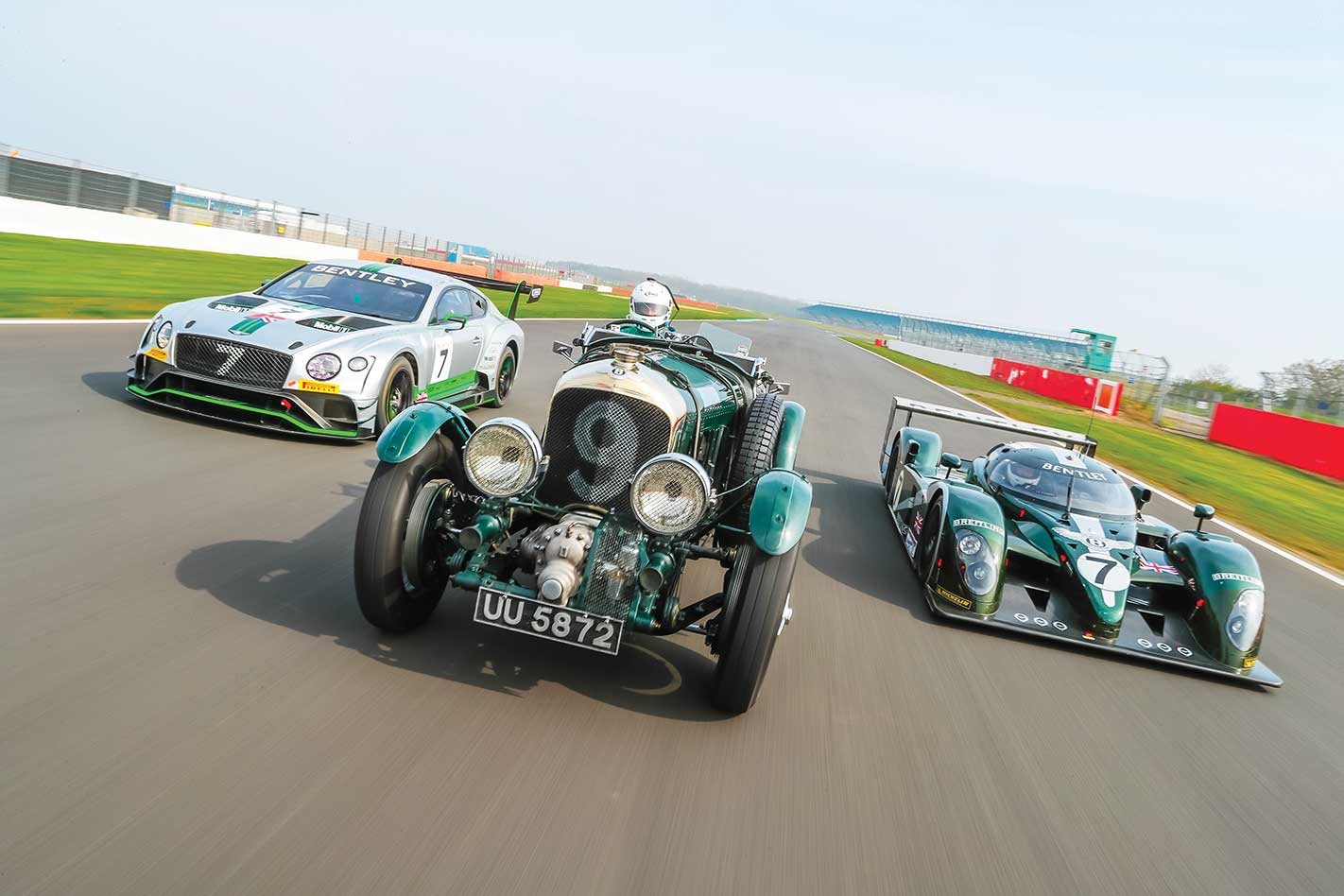This is quite something. It’s the first time that cars from all three eras of Bentley’s racing history have been driven on the same bit of track, at the same time, and they’ve come together at Silverstone to celebrate Bentley’s centenary.
Each has their claim to fame. The Continental GT3 is Bentley’s latest competition car, a state-of-the-art racer in the most competitive category of sports car racing. The old Blower is not merely Sir Henry Birkin’s own car, and the one in which he led Le Mans in 1930, but the one that remains the most original of all racing vintage Bentleys. And the one that sits in the middle chronologically is the actual 2003 Speed 8 Le Mans winner.
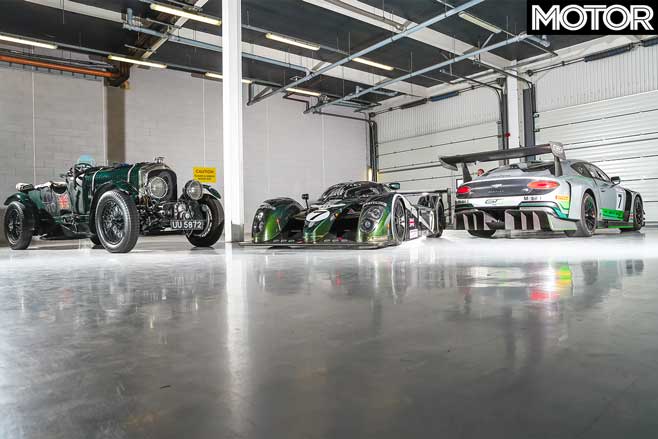
Bentley hasn’t always been a racing brand – for 71 of those 100 years Bentley didn’t race at all – but racing was there from the start. In fact, Bentley raced long before it got around to delivering a car to a paying customer in September 1921, and over the following decade it put Britain on the racing map.
True, Bugatti and Alfa Romeo dominated grand prix racing, but Bentley’s five wins at Le Mans between 1924 and 1930 announced Britain’s presence on the global racing stage, a position from where the country has rarely looked back.
Rolls-Royce denied Bentley the opportunity to race after it hoovered up the bankrupt company in 1931. Had it been bought by Napier, as originally intended, Bentley might not have had to wait a lifetime before returning to the track. But when it did under Volkswagen ownership in 2001, the results were swift, culminating in that 2003 Le Mans win, breaking the records for both the greatest distance covered in the 24 hours and the shortest time spent in the pits. Fast and reliable: WO would have been buzzing with pride.

Many still regard the decision not to defend the title in 2004 as a mistake, as the car would certainly have still been favourite to win, but by then VW had spent hundreds of millions designing a new Bentley road car, transforming the factory and putting the marque back on the top step at Le Mans. It was time for the flow of money to be reversed.
How then to regard the GT3? In some respects it is Bentley’s most successful racecar yet. It’s the first to be sold as a racing car to private customers – although in the 1920s plenty raced their cars, including Canadian John Duff, who in 1924 took Bentley’s first victory at Le Mans in his – and across five seasons the first-generation GT3 car won 45 races. And this new second-generation car is quicker still.
Bentley claims that as a factory team it never entered a race it did not have a chance of winning outright. So, glossing over its first international race – the 1922 Indy 500 in which it finished stone last – we’ll move swiftly forward eight years to the other end of the original Bentley company’s racing endeavours.
4½-litre Blower review
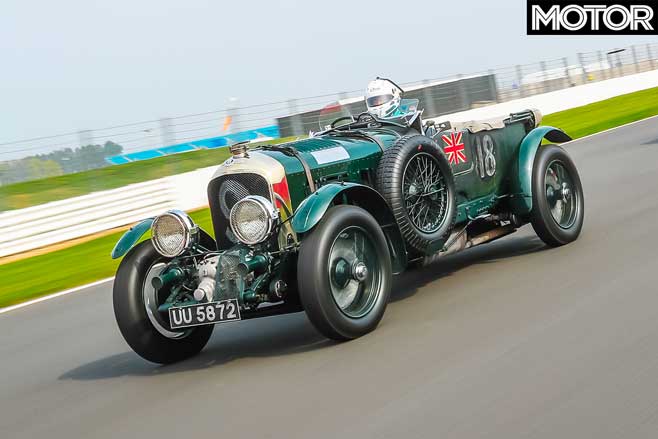
It is Le Mans 1930 and you are Sir Henry ‘Tim’ Birkin. With the money of wealthy aristocrat Dorothy Paget, you have taken the 4½-litre Bentley and fitted an Amherst Villiers supercharger.
WO Bentley is livid and can be heard muttering, ‘To supercharge a Bentley is to pervert its design and corrupt its performance.’ It doesn’t matter. WO had lost control of his company years ago and new owner Woolf Barnato, the defending Le Mans champion, is delighted.
So you are happy for your two-car private entry to unite with the three works Speed Six Bentleys against a common foe the like of which has never been seen at Le Mans – a Mercedes-Benz SSK whose 7.0-litre engine is not only larger than that in the 6.5-litre Speed Sixes, it’s supercharged. Worse, driving it is Rudi Caracciola, Germany’s finest driver. Your job is to break it.
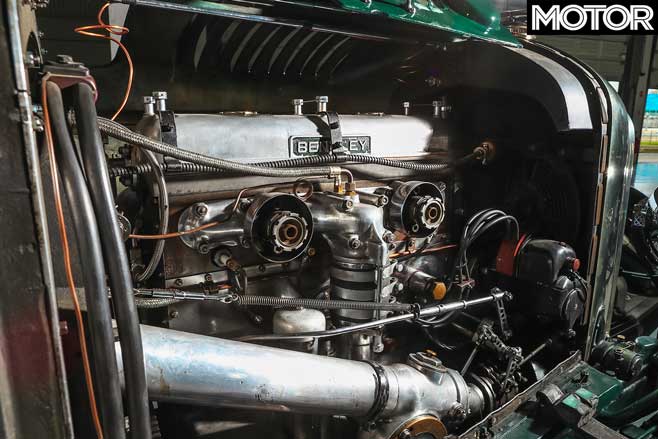
So you go haring after it. Unlike your supercharger, the Mercedes is summoned by clutch according to need; its engine is designed to tolerate the stress only briefly. So the game is to make Caracciola use his blower all the time.
Within three laps you’ve caught the huge Benz on the Mulsanne Straight. The road is narrow and the SSK is in the middle, but you’re doing 200km/h and gaining. Then a rear tyre throws its tread, mangling your bodywork as it exits the scene. What should you do? Limp back to the pits, obviously – unless you’re Birkin.
What you actually do is sail past the Mercedes, half on the grass. You don’t stop at the pits; instead you break the lap record. Birkin didn’t win the race, but Bentley did.
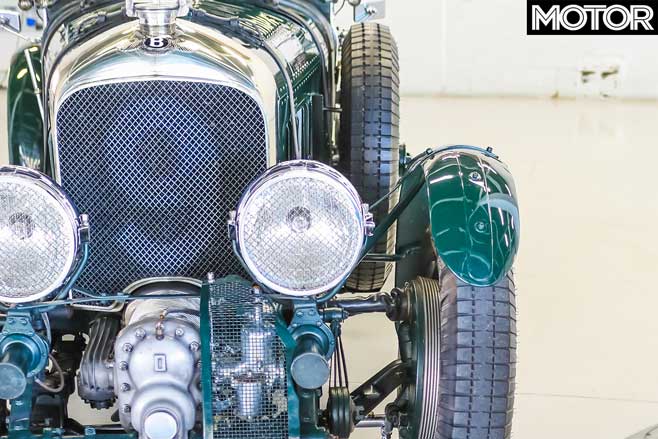
Unlike the car that did win that race, Old Number One, whose identity required a court case to settle, there’s never been any doubt concerning this car, UU5872. It’s only had one significant accident, and that was before Le Mans, for which it was rebuilt in the form seen here.
Owned for most of its life by one family, it was bought back by Bentley with VW’s money and has since been maintained, but not restored. In its imperfect and oily state, it is perfect. There are the pedals pressed by Birkin, and there is the splat of instruments that in all probability he would have ignored.
Magnetos on, ignition retarded, thumb the button and it starts instantly with the noise referred to in Bentley circles as ‘that bloody thump’. Like most vintage Bentleys, its accelerator is the middle pedal.
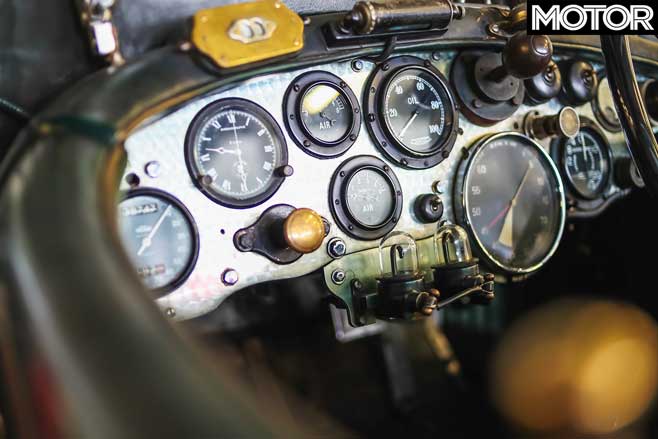
The gearbox contains massive cogs that require precision timing if they are to mesh without protest. You just have to learn the ratios – a big pause between first and second, as fast as your hands can move between second and third and something between the two for selecting top, remembering to always double-declutch and apply the appropriate rev-match throttle blip on the way down.
You can see why it was quick at Le Mans; the Silverstone international circuit has a good blend of fast and slow corners, and the quicker you’re going the happier the Blower is. In the slowest turns it feels cumbersome, not just because of its age and tyres but because that huge supercharger slung out ahead of the front wheels adds considerable mass to an already extremely nose-heavy car. Relative to its performance, the drum brakes aren’t great either, and would need management if they were to last.
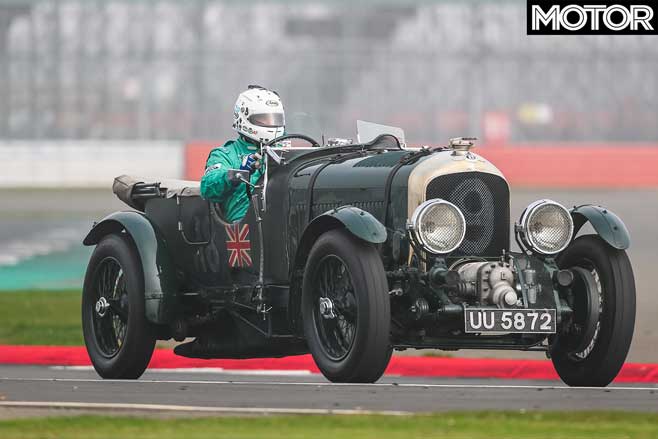
But get it percolating in the upper gears and the old Bentley is magnificent. It has around 130kW, about 60 per cent more than the unsupercharged version, and will get to around 145km/h down the Hangar Straight.
What you really want is a kilometre or five of Mulsanne so you can watch that gorgeous chronometric Jaeger speedometer flick upwards, engine bellowing, steering shaking, hunched down below the aero screens, hoping the tyres can take the punishment, reeling in that damn Mercedes ahead…
It’s hard to drive this car and not get an attack of the Birkins.
Bentley Continental GT3 review
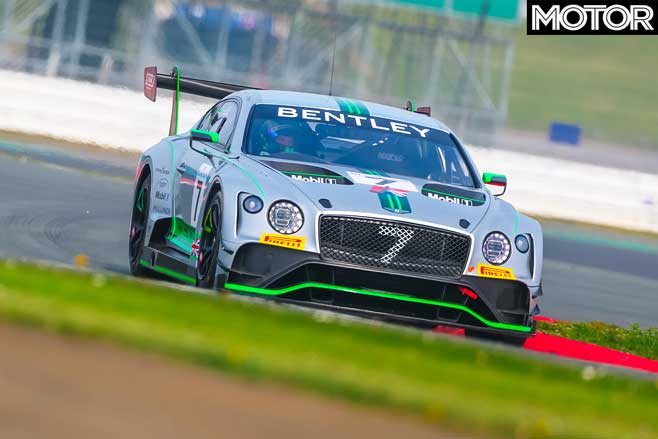
Not so the GT3. If you drive the Blower with your heart, the GT3 requires a diametrically opposed approach. Challenged to drive the old Blower as fast as I could, I reckon it would need three or four laps to do a time I could not significantly improve. I doubt I’d be able to say the same of the GT3 after an entire day.
This second-generation Bentley Continental was a far easier car to turn into a competitive GT3 machine than the first, because it’s based on the same aluminium-intensive platform as the Porsche Panamera. It’s a fundamentally lighter car whose primary components are more easily sited for racing.
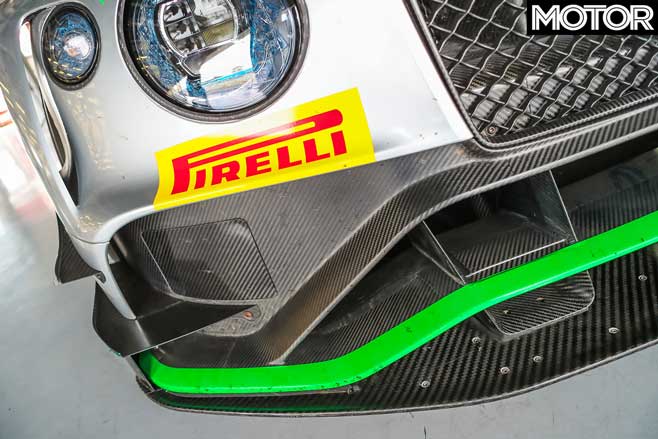
A greater rear weight bias has been achieved, it’s more efficient through the air, and easier for gentlemen drivers to manage in tough conditions. It’s so light it carries ballast everywhere it races, a strange thing to say about a Bentley. But some nice touches from Crewe remain, such as leather door pulls and paddleshifters from the Mulsanne limousine.
The cockpit is sparse and less space-age in appearance than some rivals, but there’s still a vast array of knobs and switches, few of which I will need today. The seating position is fixed to centralise one of the car’s heavier components – the driver. Instead, the wheel and pedals come to you.
I’m told the engine has been made quieter than before, but when it starts the twin-turbo 4.0-litre V8 still sounds like the charges going off under a high-rise building rigged for demolition. But you can’t just pull away.
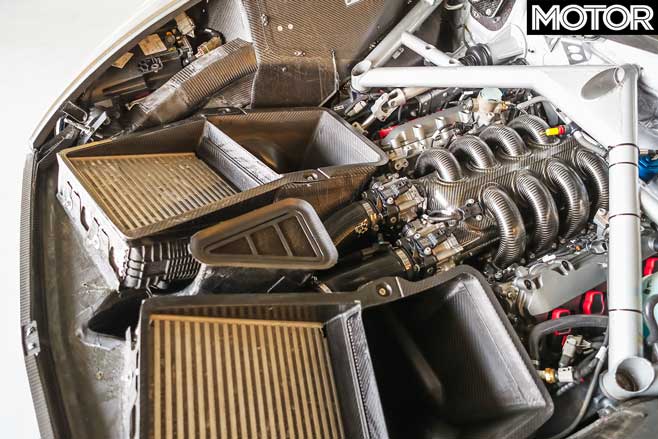
The clutch is on the steering wheel and is, in effect, a large switch. There’s no skill in what happens next: you engage launch mode with your hand gripping the clutch against the circumference of the wheel, put your foot hard on the accelerator and let go.
But there is just a little courage needed because the car stalls if you lift for an instant. So you keep your foot down and slither up the pit lane with smoke pouring out of your wheelarches. There appears to be no other way.
It’s strange, then, that it doesn’t feel all that quick in a straight line. A supercar like a McLaren 720S would stay with it once the wheels stopped spinning and come past as the drag of the Bentley’s wings started to tell. You thunder down the straight, feeding it gear after gear, but there’s nothing otherworldly here, not yet at least.
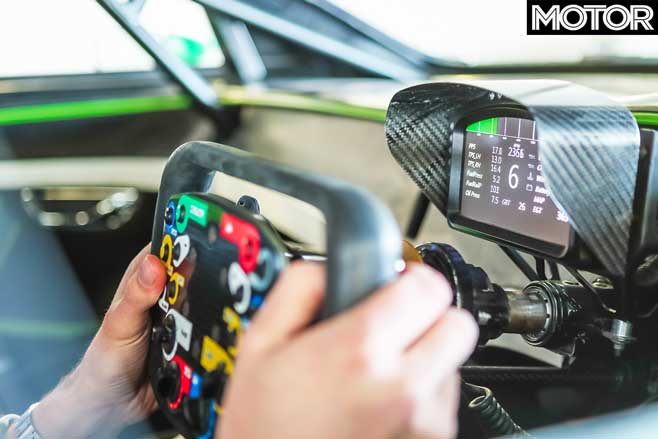
That all comes in the braking, where it doesn’t matter how hard you hit the pedal because you’re not going to trigger the ABS at high speed. This is where a modern GT3 car feels most alien. For a quick corner you brake barely before the turning point, staying on the pedal all the way to the apex, but bleeding off the pressure as the downforce washes away.
Then it’s just a question of how hard you dare get back on the throttle, and how soon. As long as you’ve not dialled up too much traction control (which cleverly lets you control not only the level of intervention but the point of activation too), the car will slide amiably enough, but you’d want a stack of tuition to get the most from it.
Bentley Speed 8 review

And then there is the Speed 8. I’ve loved the other two, but this actual Le Mans-winning Speed 8 is the car in whose pit I camped for the entire race, whose drivers I interviewed and whose mechanics I annoyed. This is something else.
The car was designed from scratch for the 2003 season, its rather more conservative EXP Speed 8 predecessor having been raced in 2001-’02. And yet there are still those who will blithely tell you any Speed 8 is ‘just an Audi R8 with a roof’. It’s not and never was, not even in 2001.
“It’s just sheer bloody ignorance,” designer Peter Elleray told me. He had designed the Audi R8C that raced without success in 1999, and people made far too great a mental leap. So I got him to put it in words anyone can understand: “Yes, we had that knowledge, but engine aside there was not a single thing on the Bentley that had anything to do with the R8C or any other Audi.”

It’s a ridiculously hard car to get into, and once inside there’s a whole new level of intimidation. In 2003 its LCD screens and steering wheel buttons looked space-age, but at least it has three pedals in its footwell.
A modern Le Mans prototype requires dozens of people to run it, but this one fires up easily yet angrily at the push of the button. Its voice is metal-on-metal ugly, the harsh bark of its flat-plane crank in stark contrast to the fabulous growl and howl of the cross-plane GT3 engine. The clutch strategy could barely be more different either; a tiny bit of throttle until you feel it bite, then just roll gently off the pedal before touching the gas.
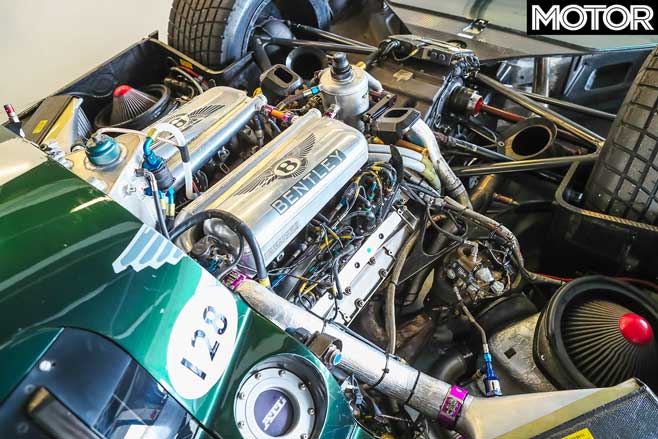
Guy Smith, the only man to have raced both a Speed 8 and a GT3 Bentley, has been full of reassurance: “It’s a lovely car; the harder you go, the better it gets. You have nothing to worry about – just trust it and you’ll be fine.” But it’s scary in here. It’s incredibly claustrophobic, the extremities of the car are hard to judge, and every time I touch the accelerator it goes nuts – 450kW tends to do that to 900kg of car.
The steering feels kart-like in its directness. It’s lighter to handle than I expected and, despite Smith’s calming words, I don’t feel at home in here. But nor should it be reassuring for those who drive it slowly; a GT3 might tolerate being handled like it’s a bomb waiting to explode, because ultimately it’s based on a street car, but the Speed 8 is not. It’s a great way to scare yourself. But I forget its value and history, and instead just go as hard and fast as I dare. In a car like this, it’s the only way.
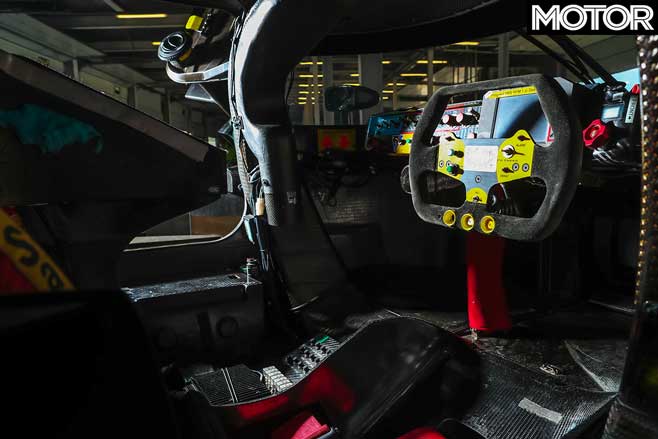
This now quite old racing car is on another level to anything else I’ve driven, including Group C cars. The straight-line speed normalises quite rapidly and I’ve driven plenty that accelerate more quickly, but the brakes and grip are barely believable. I’m told it will corner faster on wets than the GT3 does on slicks, and I believe it.
It’s probably doing 270km/h at the end of the Hangar Straight, yet even ignoring what seems to be a sensible braking point, counting a bit, counting a bit more and only then braking and turning in, it still hits its marks every time.

I start to see what Smith means; above all the car is surreally stable. While the GT3 likes a big, physical fight, the Speed 8 is best at doing what it’s told. Because it’s so fast and intimidating and develops such enormous downforce, you just presume it’s going to be impossibly hard to drive. But it’s not. Smith says that, even when you’re extracting a time from it, it’s always on your side.
Racing cars that were never designed to be anything else are just different; wonderful though they are, the road-based origins of both the Blower and the GT3 are clear. The Speed 8 is a car of simply exquisite purity and focus. It’s also a card-carrying Le Mans winner. That alone makes it one of the most special cars anyone could hope to drive.
Fast Facts
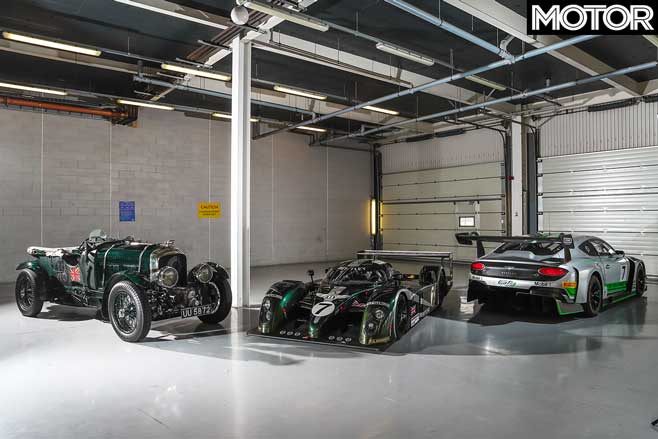
| u00a0 | 1930 Bentley Bloweru00a0 | 2003 Bentley Speed 8 | 2018 Bentley Continental GT3 |
| Chassis | steel ladder frame | aluminium/carbonfibre | |
| Layout | front-engine, rear-drive | mid-engine, rear-drive | front-engine, rear-drive |
| Engine | 4398cc inline-4, supercharger | 4000cc V8, twin-turbo | 3996cc V8, twin-turbo |
| Power | 130kW | 450kW | 420kW |
| Transmission | 4-speed manual | 6-speed sequential | |
| Brakes | drums (f/r) | carbonfibre discs (f/r) | steel discs (f/r) |
| Length | 4380mm | 4645mm | 4860mm |
| Wheelbase | 3302mm | 2735mm | 2746mm |
| Weight | 1625kg | 900kg | 1280kg |
100 years of Bentley: in brief
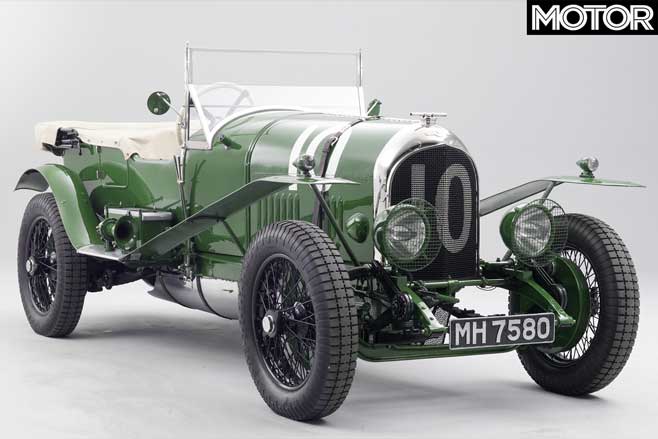
1919 – Bentley Motors founded by Walter Owen (W.O.) Bentley and his brother Horace; first car delivered in 1921 1924 – A customer 3-litre Bentley wins the Le Mans 24 Hour race 1926 With the company in financial ruins, diamond millionaire Woolf Barnato takes over 1930 – Bentley wins Le Mans for the fifth time in seven years with the Speed Six, and with Barnato himself driving 1933 – Having been taken over by Rolls-Royce, Bentley starts building cars with shared chassis and engines 1935 – One-off model (below) built as a test-bed for the first Continental
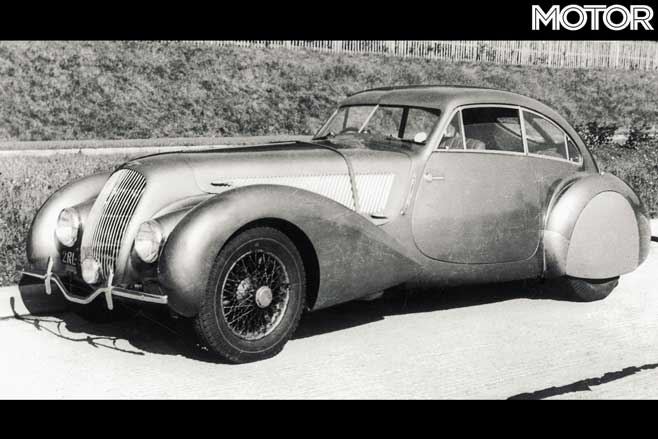
1980 – Vickers buys Rolls-Royce/Bentley, and new Turbo models see Bentley equal RR sales in the 1990s 1998 – VW buys Bentley, while BMW buys RR 2003 – In the third year back at Le Mans, Bentley finishes 1-2 2013 – Enters GT racing with the Continental GT3 and scores team champs in 2017

